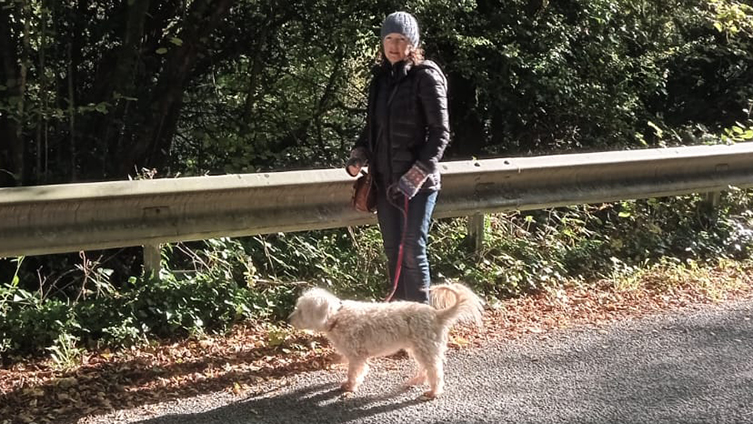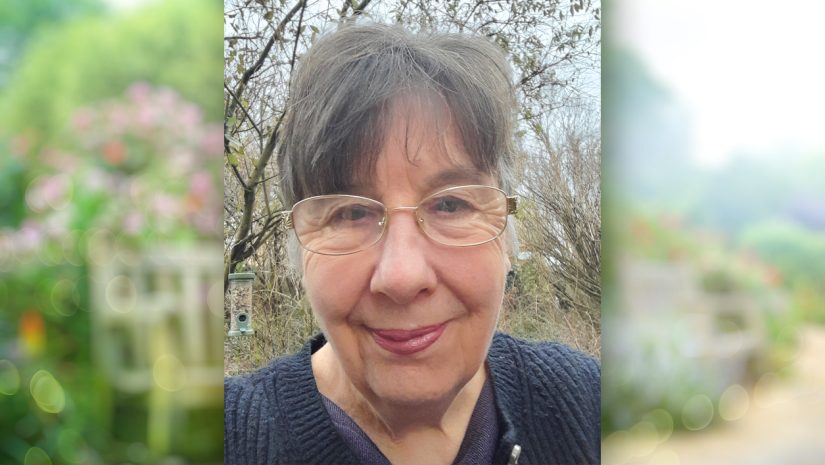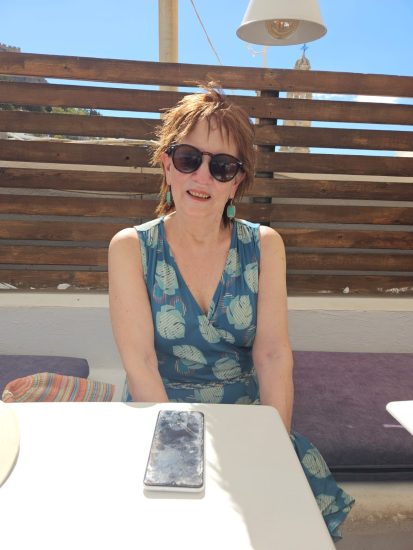 Shutterstock / Triff©
Shutterstock / Triff©History was my favourite subject at school. To this day, I love delving into the past, finding out about ancient civilizations and reading timelines of history.
Historical stories have always been intrinsic to the “Friend”, too, as Fiction Ed Lucy discusses in her blog post: Historical Fiction In “The People’s Friend”.
From a storytelling point of view, what I like about historical stories is the opportunity to weave creative, sometimes fantastical, plotlines together.
The first story I ever had published featured a clockmaker who hid a key inside a clock – the key securing the future for a young couple. The ordinary can become extraordinary with a little imagination.
I know some readers/viewers prefer their historical stories to be 100% accurate. From battles to politics, there are lots of inaccuracies in Mel Gibson’s historical epic “Braveheart”. Does it bother me when I watch the film? Not at all. I enjoy it for its sheer entertainment value.
Ultimately, there has to be creative leeway when it comes to good storytelling.
The “Friend” Way
Fans of “Friend” historical fiction might notice that characters are often colourfully attired. Though a 19th century story featuring working-class characters might suit more muted tones, the latter won’t stand out on the page as much. The illustration should be as eye-catching as possible.
As regards characterisation, you don’t want your War of the Roses character to talk about “chilling out”. He or she should speak with authenticity. A writer’s job is being mindful of the time period and also of the character’s personality.
Unless you are well-versed about location, I wouldn’t fret about dialect. If I were writing about someone from North East Scotland, I might only use a sparing amount of local vernacular – “aye” (yes), “nah” (no) and “ye” (you). And even then it would be dependent on the situation.
So, history can make for great storytelling. After all, the story opening “Once upon a time . . .” has stood the test of time for a reason.




